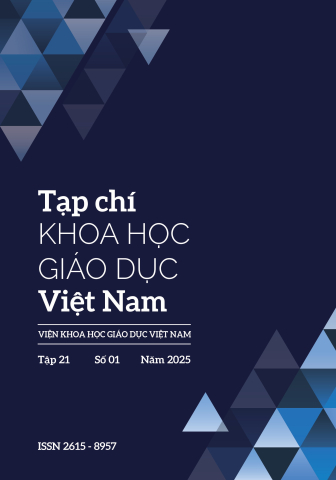The outbreak of the COVID-19 pandemic has forced education around the world as well as in Vietnam to shift teaching and learning activities from face-to-face to online. Online teaching is becoming popular at all levels of education and officially recognized as an essential learning method alongside traditional learning methods (face-to-face in class) in the digital education age. We conducted a survey to evaluate the current situation of online teaching activities in grade 5 as well as its management at primary schools in Hai Ba Trung district, Hanoi city. Because online teaching is not only a temporary method during a pandemic, the research results are also meaningful to draw experiences for implementing it in the future.
[1] McConnell, T. J., Parker, J. M., Eberhardt, J., Koehler, M. J., & Lundeberg, M. A, (2013), Virtual professional learning communities: Teachers’ perceptions of virtual versus face-to-face professional development, Journal of science education and technology, 22(3), 267-277.
[2] Lai, C., Shum, M., & Tian, Y, (2016), Enhancing learners’ self-directed use of technology for language learning: the effectiveness of an online training platform, Computer Assisted Language Learning, 29(1), 40-60.
[3] Mulig, L., & Rhame, S, (2012), Time requyrements in an online teaching environment: How to be more effective and efficient in teaching online, Journal of Accounting and Finance, 12(4), 101-109.
[4] Orleans, A. V, (2010), Enhancing teacher competence through online training, The Asia-Pacific Education Researcher, 19(3), 371-386.
[5] Rosenberg M.J, (2001), E-learning: Strategies for Delivering Knowledge in the Digital Age, McGraw- Hill.
[6] Phó Đức Hoà, Ngô Quang Sơn, (2008), Ứng dụng công nghệ thông tin trong dạy học tích cực, NXB Giáo dục Việt Nam.


